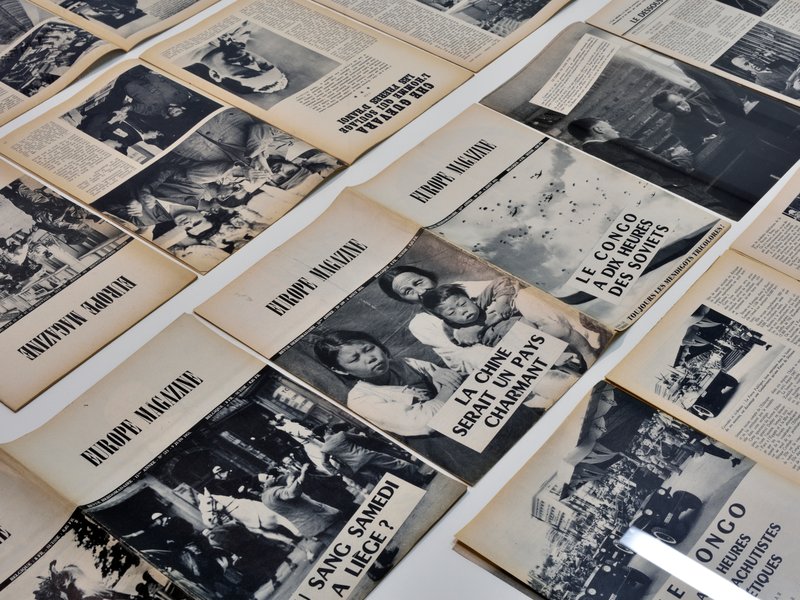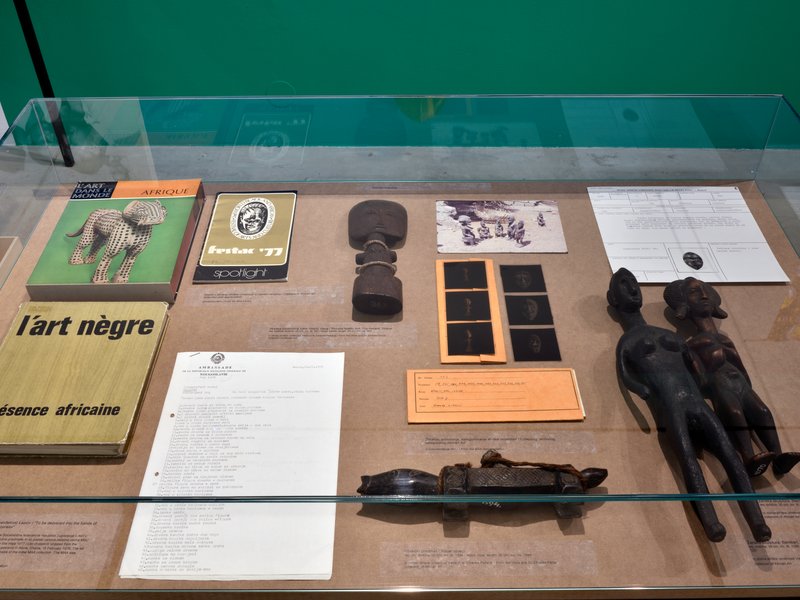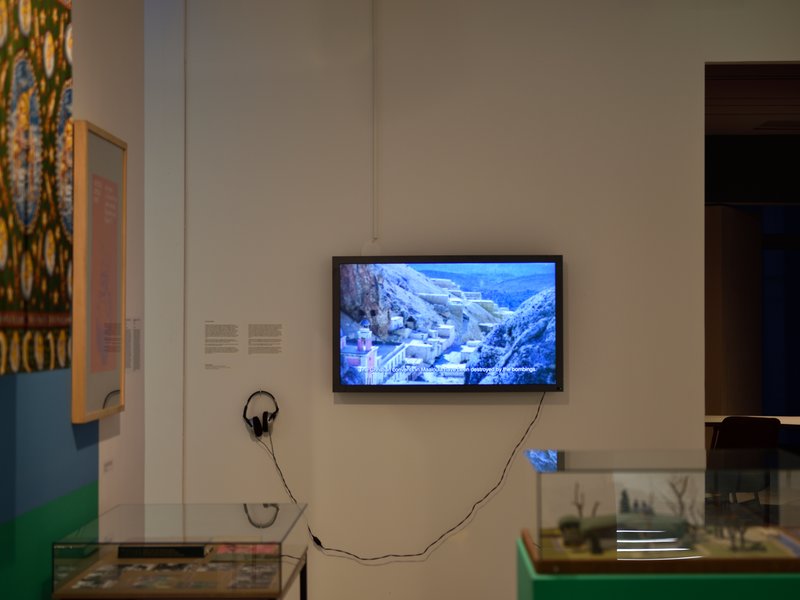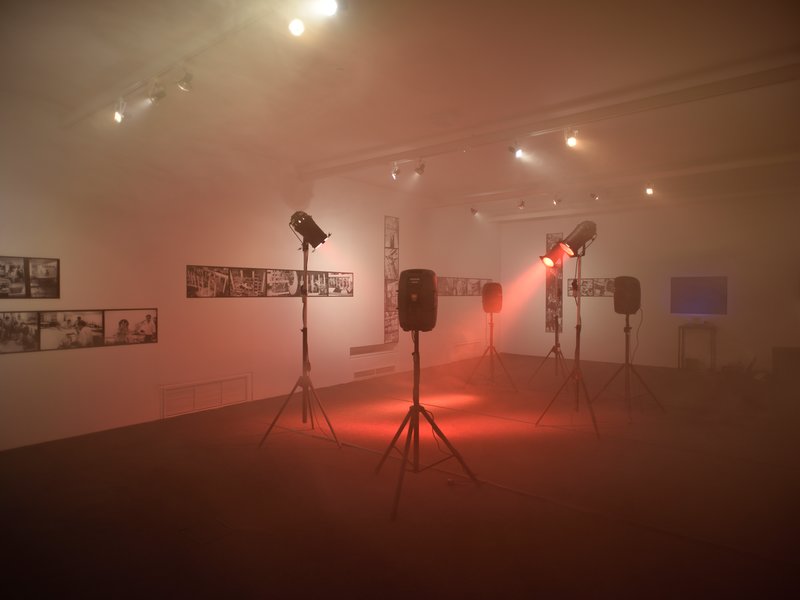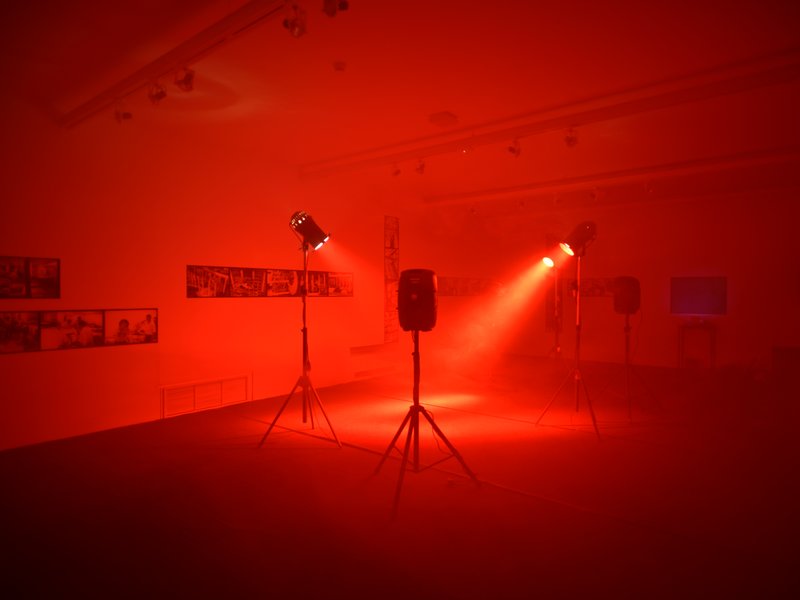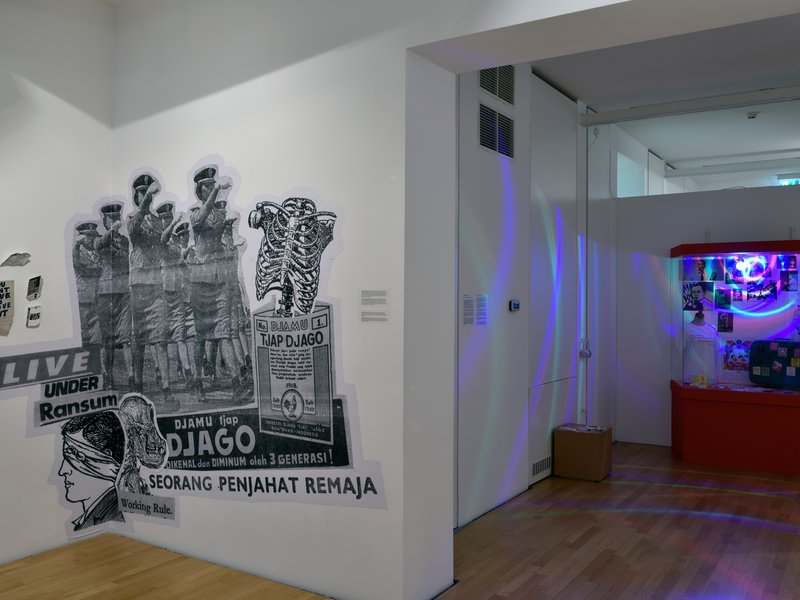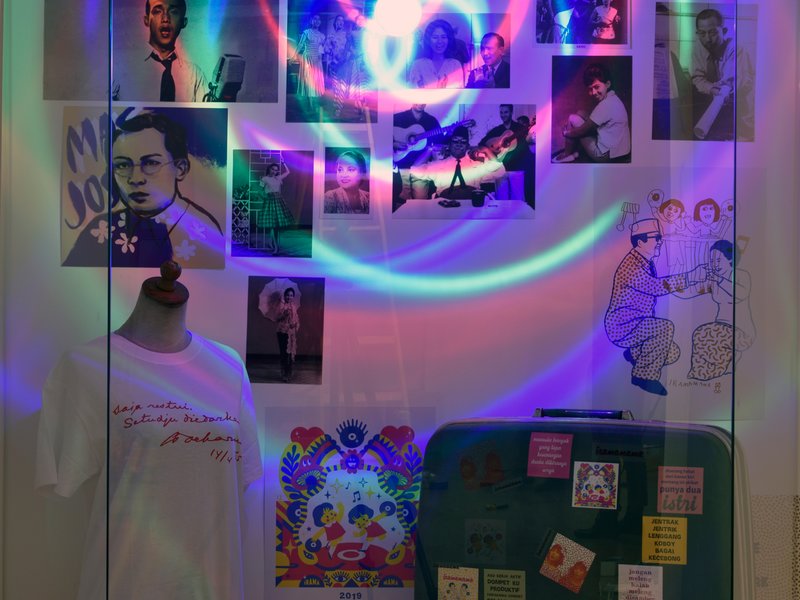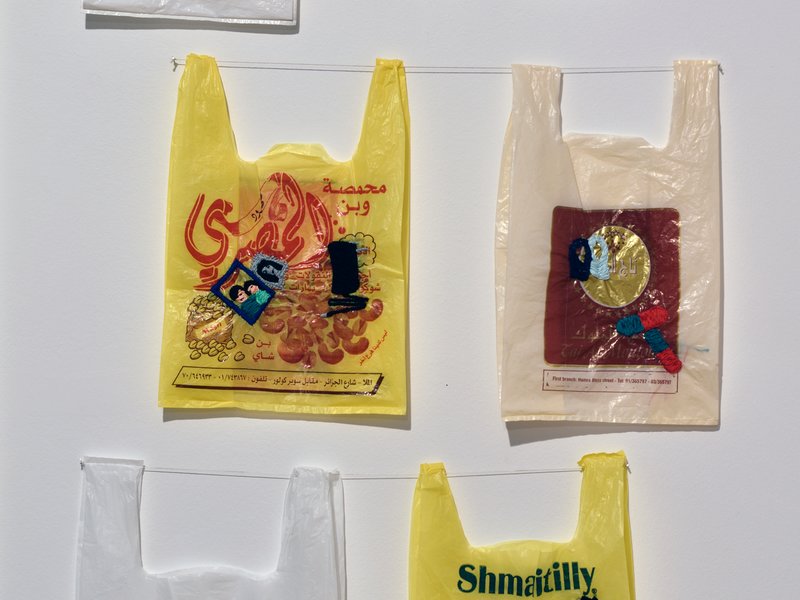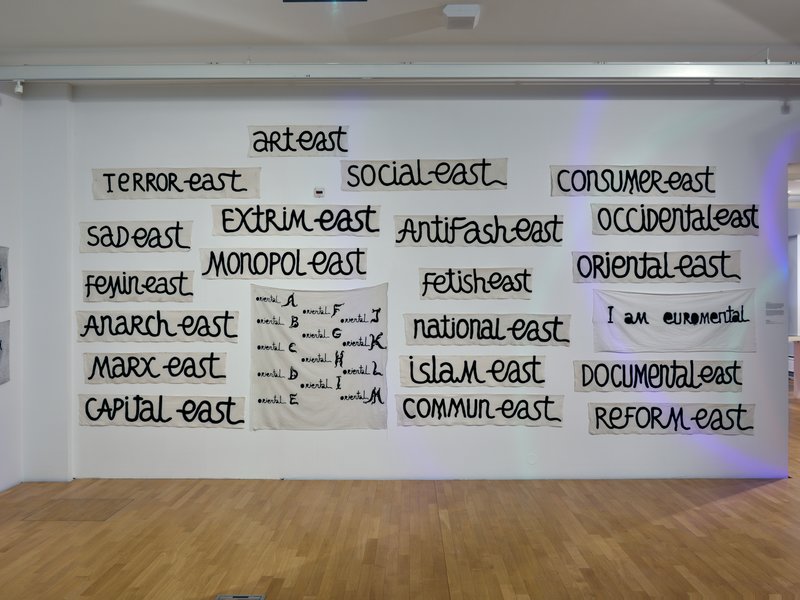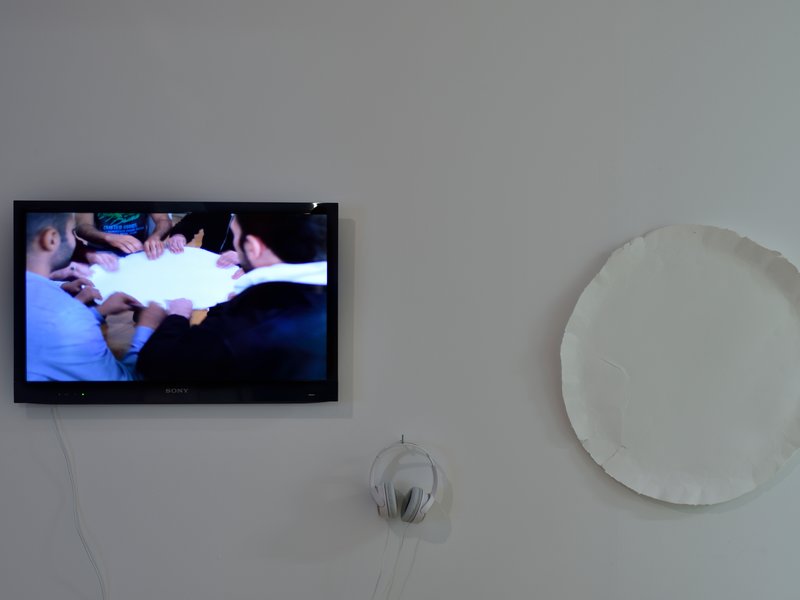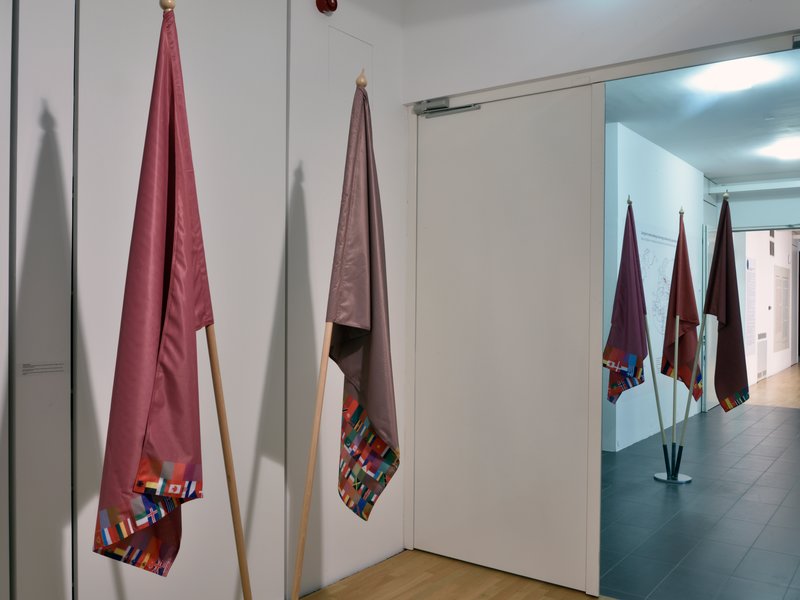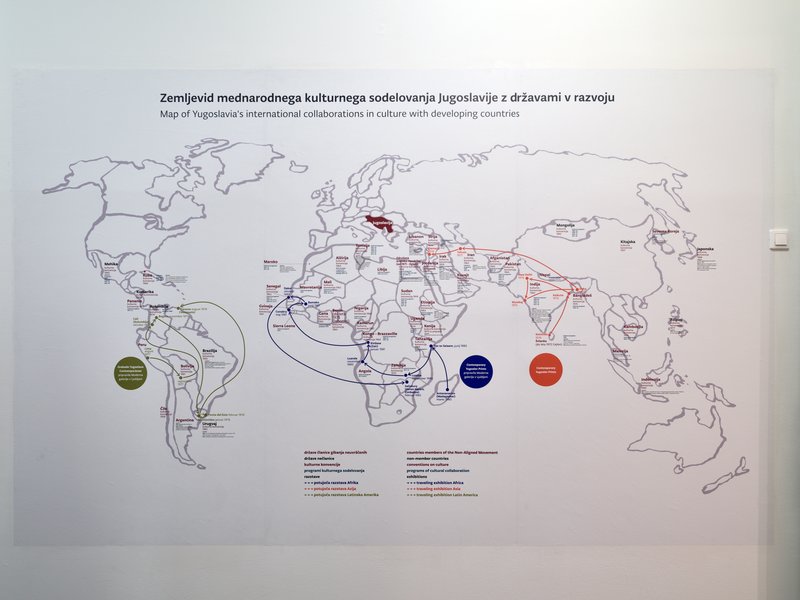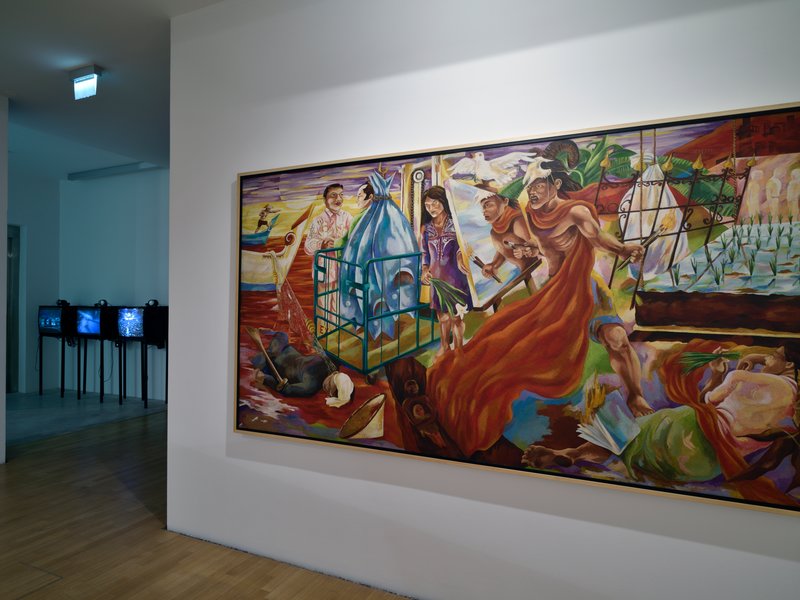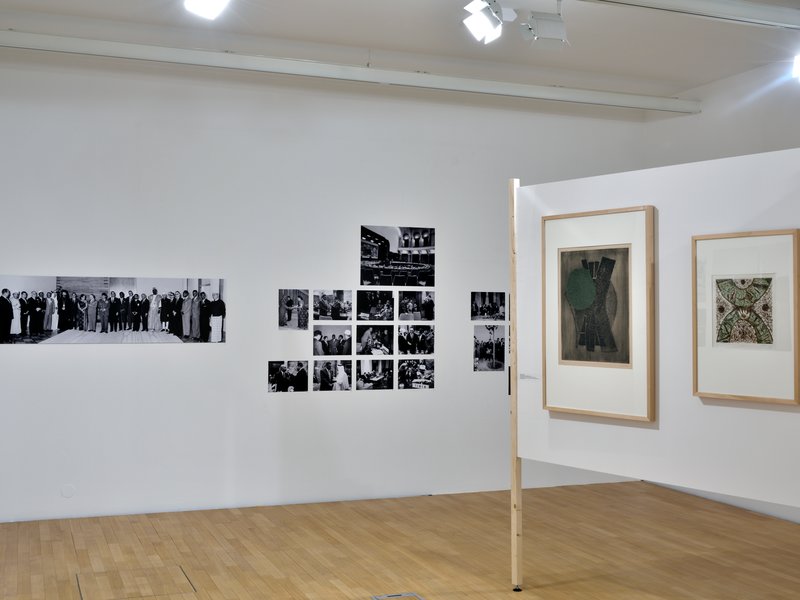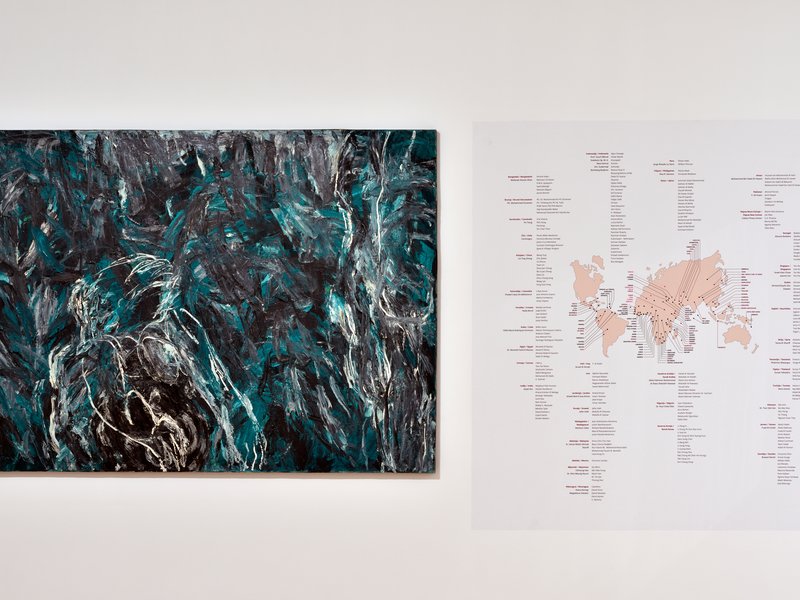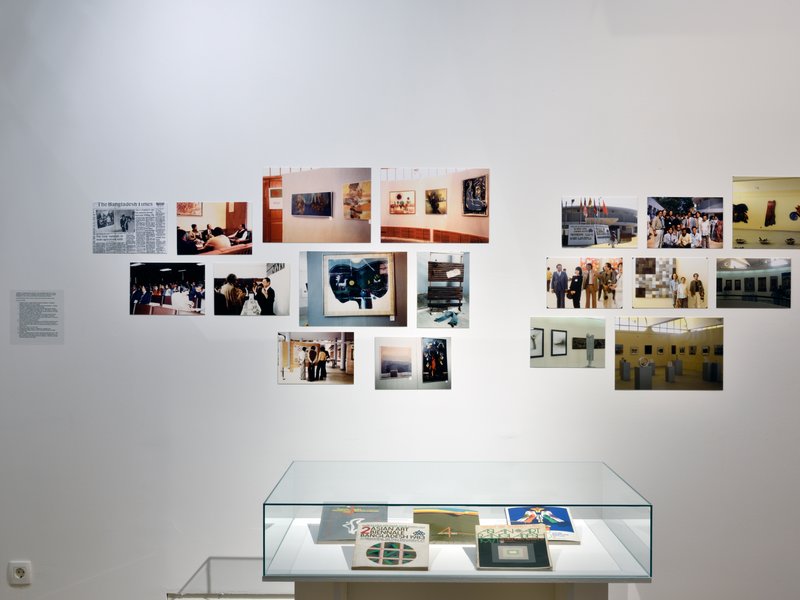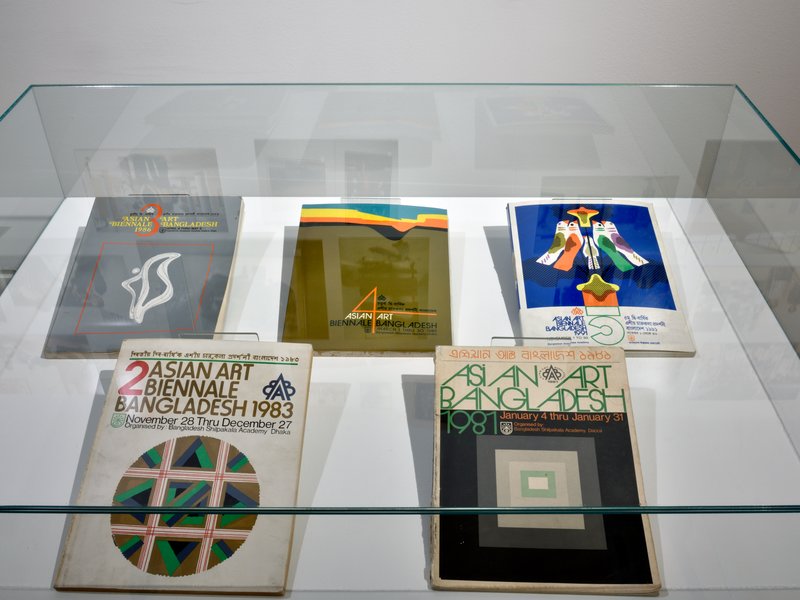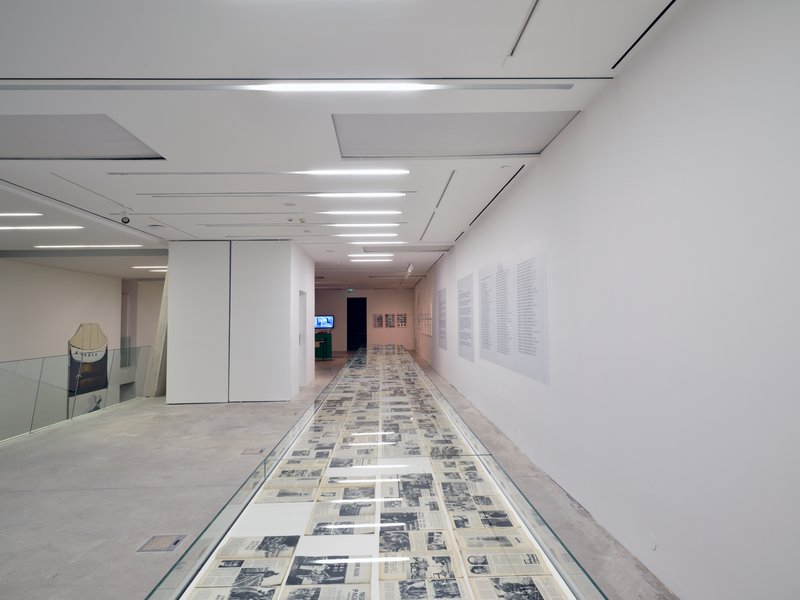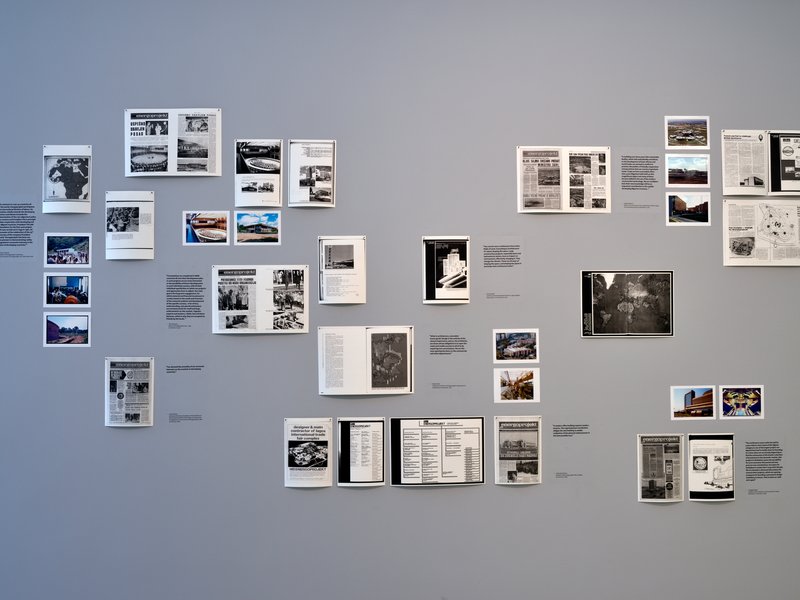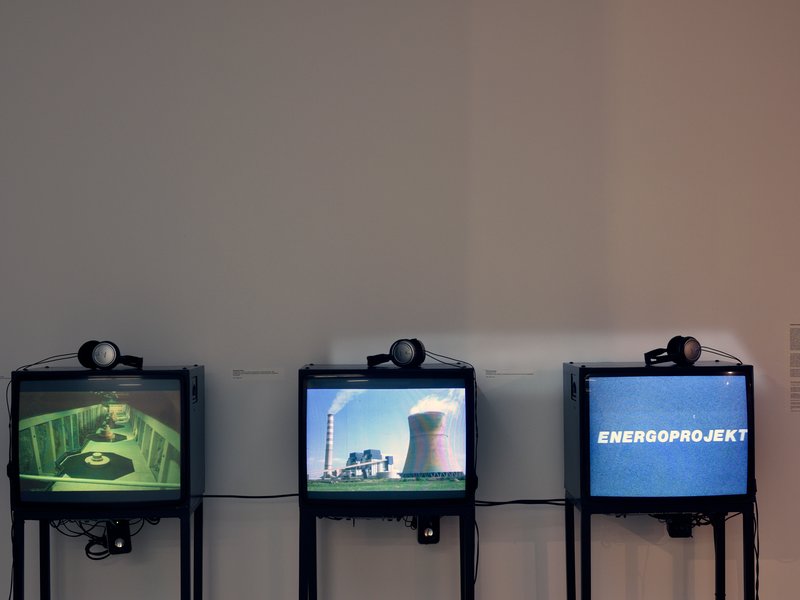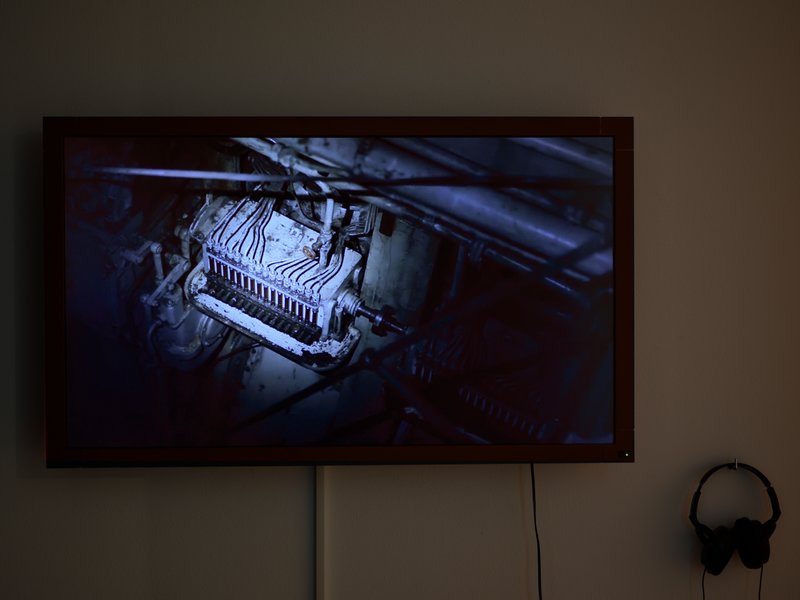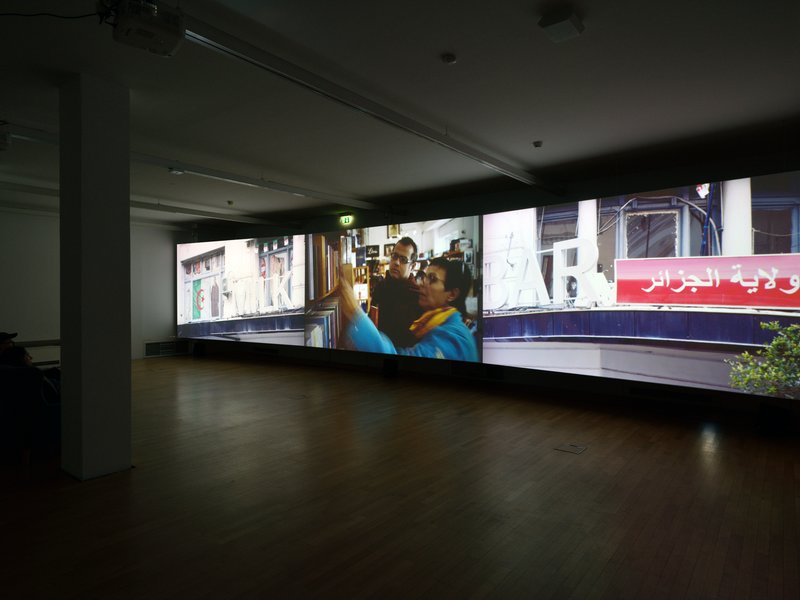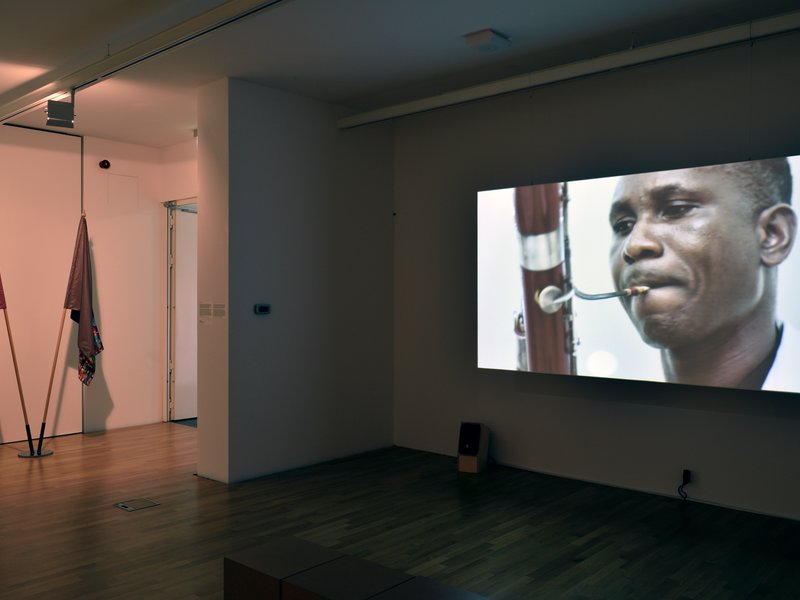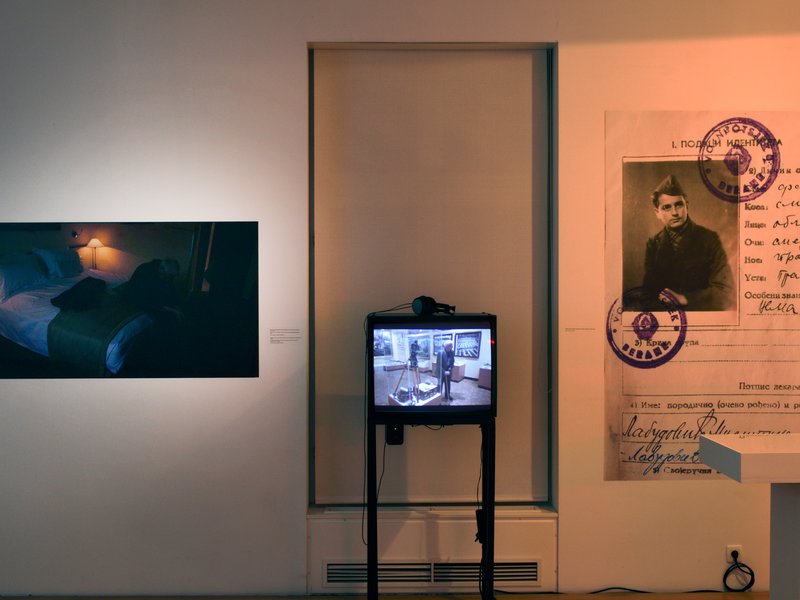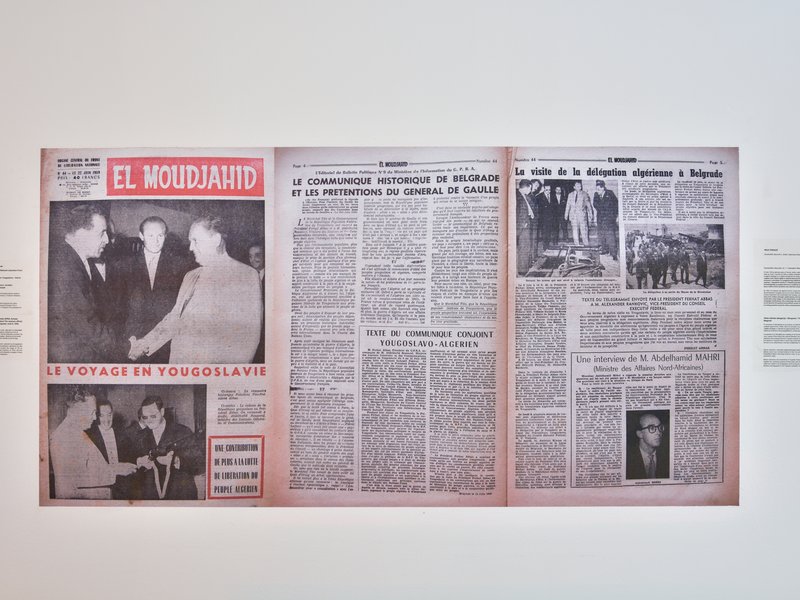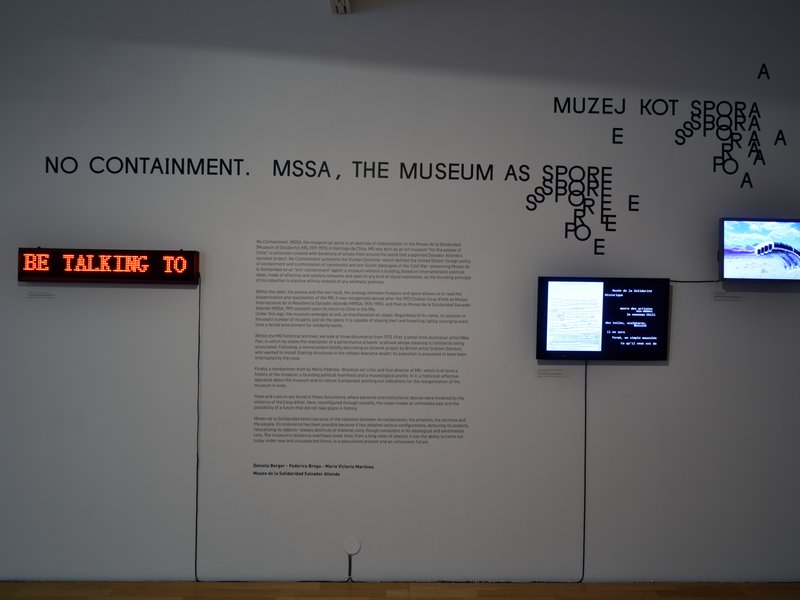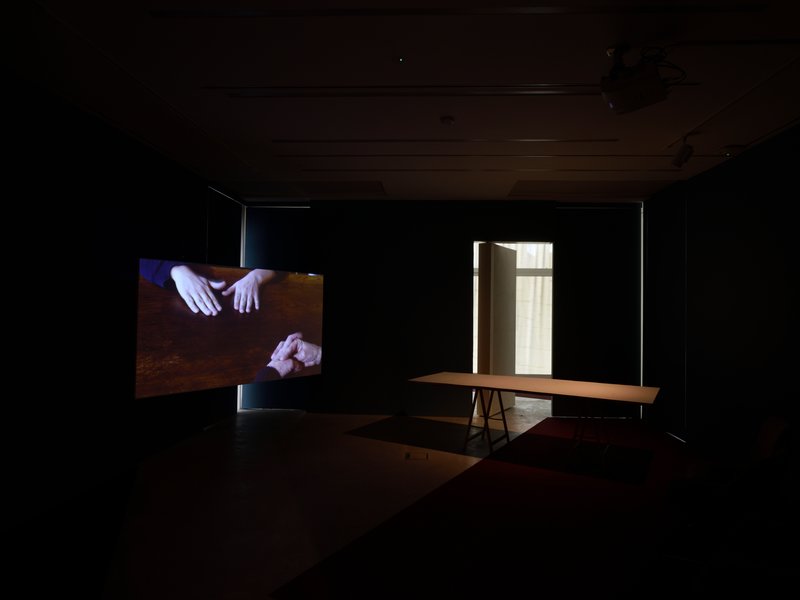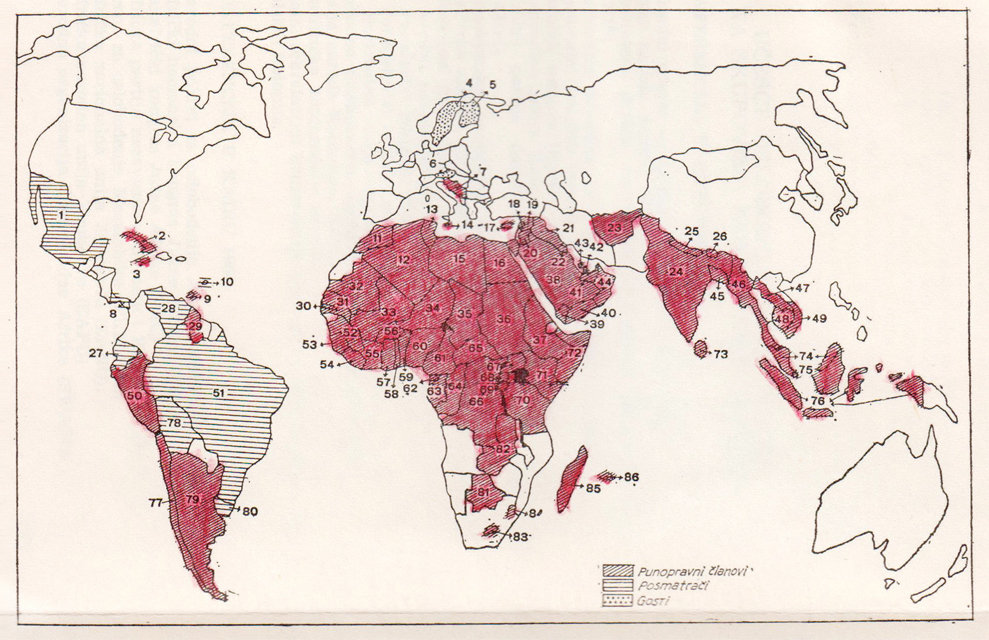
Southern Constellations: The Poetics of the Non-Aligned
7 March – 10 September 2019, Museum of Contemporary Art Metelkova, Ljubljana. The Non-Aligned Movement (NAM) was a transnational political project, a coalition of small and middle-sized states, mostly former colonies and developing countries, from the global south or the Third World. It was formed in 1961 in Yugoslavia at the Belgrade summit. The NAM represented the first major disruption in the Cold World map, a quest for alternative political alliances, for “alternative mondialisation”. The exhibition Southern Constellations: The Poetics of the Non-Aligned emphasizes the ideas, ideals and principles of the movement, particularly in close connection with its cultural policies and place them in a contemporary context with the question: Could there be a non-aligned contemporaneity?
Exhibition curator: Bojana Piškur
Opening: 7 March 2019, at 8 p.m.
Duration: 7 March – 31 August 2019
Venue : Museum of Contemporary Art Metelkova, Ljubljana
The Non-Aligned Movement (NAM) was a transnational political project, a coalition of small and middle-sized states, mostly former colonies and developing countries, from the global south or the Third World. It was formed in 1961 in Yugoslavia at the Belgrade summit. The NAM represented the first major disruption in the Cold World map, a quest for alternative political alliances, for “alternative mondialisation”.
The exhibition Southern Constellations: The Poetics of the Non-Aligned emphasizes the ideas, ideals, and principles of the movement, particularly in close connection with its cultural policies and place them in a contemporary context with the question: Could there be a non-aligned contemporaneity? And if so, what would it be like? However, the topics covered in the exhibition are not to be considered some kind of exoticism of the past, nor do they harbor nostalgia for the movement itself. Instead, the focus is on the way the “southern constellations” envisioned forms of politics that took as their starting point the life of peoples and societies that had been forcibly relegated to the margins of the global economic, political and cultural system. Struggles against poverty, inequality, and colonialism in the world system coupled with transnational solidarity which took many concrete forms could be included in a reconsideration of the history and legacies of the NAM today.
Consequently, NAM’s cultural politics strongly condemned cultural imperialism and epistemic colonialism. Western (European) cultural heritage was to be understood in terms of “juxtaposition”; this heritage would be interwoven with and into the living culture of the colonized, and would not simply be repeated under new (political) circumstances. Therefore art and culture in the NAM were largely about politics and history, or to put it differently, they were a way of staking a claim to history. It seems the movement was somehow aware of the fact that this was the only way it could enter the world’s (cultural) space on an equal footing.
There existed a heterogeneous artistic production, a variety of cultural politics and extensive cultural networks which enriched the cultural landscape of the NAM and enabled discussions about the meaning of art outside the Western canon, which is being presented for the first time at the Southern Constellations exhibition. It includes not only the (mostly political) reasons for the collaborations but also specific examples of exhibitions, collections, institutions, archives and works of art. Contemporary artistic interpretations are also included in the exhibition and placed in dialogue with older works. They derive from reflections on how it might be possible today – in these times of increasing global inequality, crises, and the ever-widening chasms between the rich and the poor – to still think about some other, fairer world order, an order that the NAM once actively pursued.
Participants: Dan Acostioaei | Art Pavilion Slovenj Gradec (Andreja Hribernik, Katarina Hergold Germ) | Sven Augustijnen | Babi Badalov | María Berríos & Jakob Jakobsen | “Cartography of SFR Yugoslavia’s International Collaborations in Culture with Developing Countries” (Teja Merhar) | Godfried Donkor | “From Bandung to Belgrade” (Riksa Afiaty, Iramamama, Sekarputi Sidhiwati, Syaiful Ardianto) | Gallery of Art of the Non-Aligned Countries “Josip Broz Tito” (The Contemporary Art Centre of Montenegro) | “Gorgona in Jakarta – on the Cutting Edge of the Edge?” (Nada Beroš) | Ferenc Gróf | Olivier Hadouchi | Aya Haidar | Ibro Hasanović | Ibro Hasanović in collaboration with Ahmad Adelian, Ahmad Yaman Fetyani, Abdelkadeer Itatahine, Yordanos Haile, Amin Hasan, Romat Hasan, Ahmed Shihab Hammood, Oussama Lahmaza, Masoomah Manafi, Zeinab Manafi | Siniša Ilić | Naeem Mohaiemen | Museum of African Art – the Veda and Dr. Zdravko Pеčаr Collection (Emilia Epštajn, Ana Sladojević) | Museum of Yugoslavia (Jovana Nedeljković) | Museum of Solidarity Salvador Allende, Santiago (Daniela Berger, Federico Brega, María Victoria Martínez) | “Re-Aligning the Asian Art Biennale” (Abhijan Toto, Ho Rui An, Chimurenga, "From Bandung to Berlin") | Dubravka Sekulić | Semsar Siahaan | “Third World: Prints from the Non-Aligned Countries at the International Biennial Exhibitions of Graphic Arts in Ljubljana between 1961 and 1991” (Bojana Piškur, Teja Merhar) | Mila Turajlić | Katarina Zdjelar

